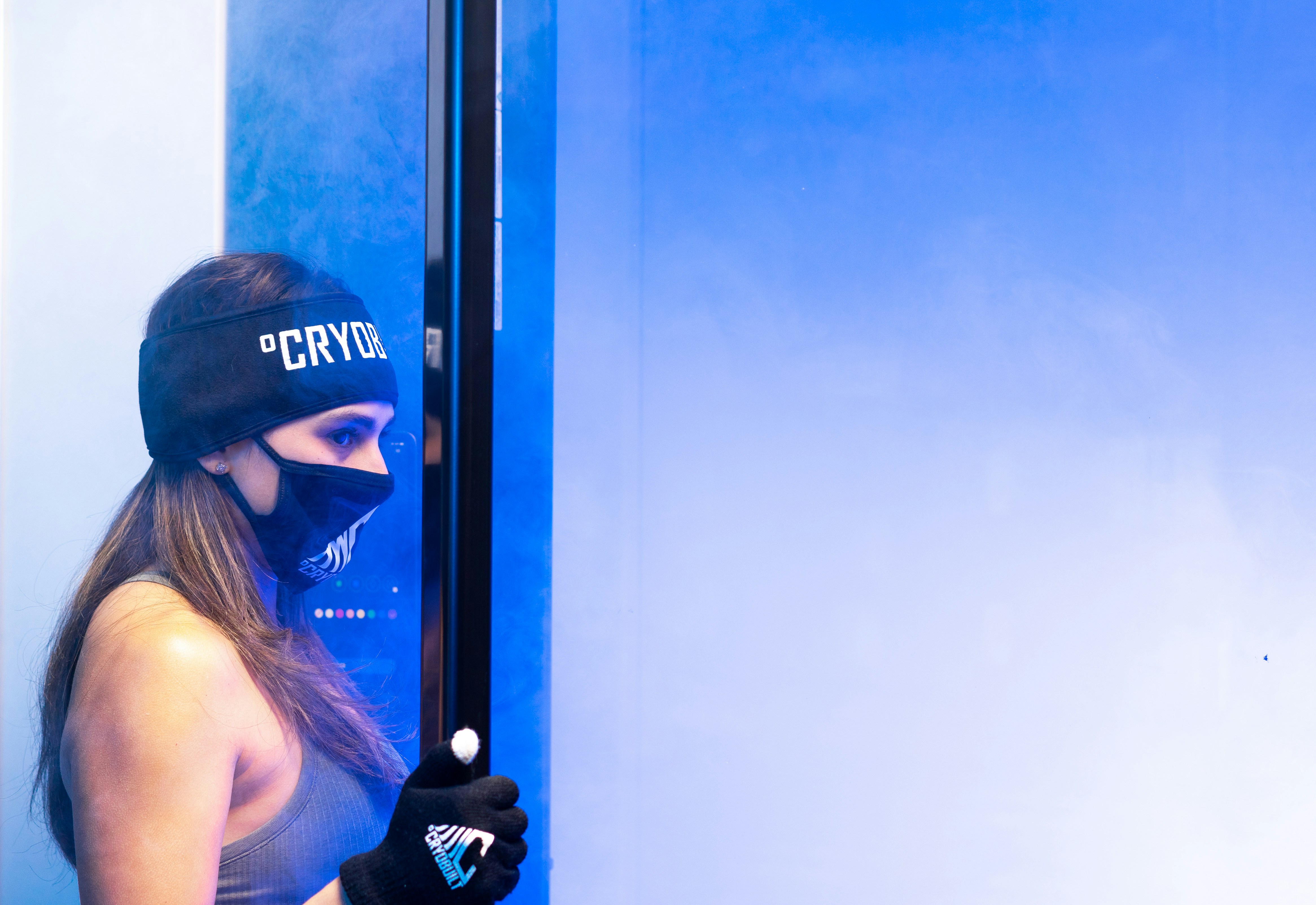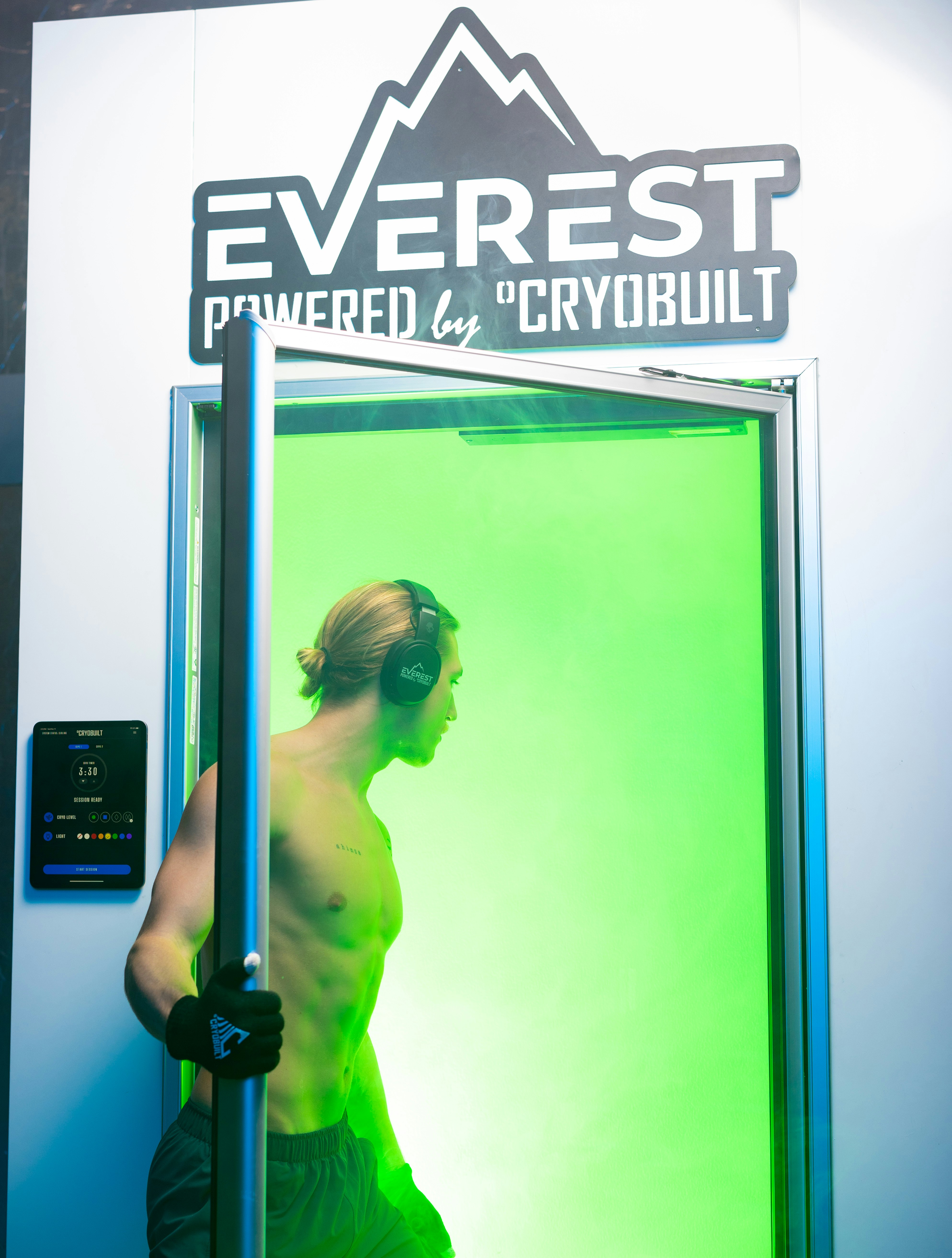Have you been searching for the perfect recipe to boost your recovery routine? The world of fitness and wellness is vast, with countless techniques and methodologies to help you regenerate and refresh. Among these, cold plunging has emerged as a noteworthy trend, captivating many with its promise of unique and effective benefits. But how can you combine this icy dip with other recovery methods to create a holistic and superior routine?
Understanding Cold Plunging
Cold plunging, often referred to as cold immersion or cold water therapy, involves immersing oneself in cold water, typically below 60 degrees Fahrenheit. This practice can seem daunting at first, but numerous athletes and wellness enthusiasts swear by its rejuvenating effects. When you take the plunge, the abrupt temperature drop leads to a series of physiological responses in your body. It is like pressing a refresh button for your muscles and mind.
The Science Behind Cold Plunging
When your body dives into cold water, your blood vessels constrict, driving blood away from your extremities toward your core organs. This process temporarily reduces inflammation, which can be beneficial after strenuous physical activity. Once you emerge from the cold, your blood vessels dilate, allowing fresh, oxygen-rich blood to flow back into your muscles. This vasodilation helps flush out lactate and other waste products, speeding up recovery.
In addition to physical benefits, cold plunging can offer mental boosts. The reduction in your skin temperature triggers the release of endorphins and drains cortisol, the stress hormone. Regular cold plunging can lead to improved mood and decreased anxiety levels.
Is Cold Plunging Right for You?
Before jumping into cold immersion, it’s important to assess whether it’s suitable for your body and needs. If you have any health conditions, especially heart-related ones, it’s wise to consult with a healthcare professional. Also, it’s a gradual journey. You might start by placing only your feet or legs in the water before dunking in fully. Listen to your body and understand its signals.
Complementary Recovery Techniques
Recovery should be comprehensive. Pairing cold plunging with other recovery techniques can yield optimal results, much akin to creating a symphony where each instrument complements the others. But how do you merge these practices effectively?
Foam Rolling
Foam rolling is a form of self-myofascial release, tackling muscle tightness and aiding range of motion. When you foam roll before cold plunging, it can amplify the recovery benefits by prepping and releasing tension in the muscles. The myofascial release reduces the adhesions and scar tissue, which can be well-targeted by the following cold water immersion.
How to Foam Roll Effectively
- Start Slowly: Glide over the muscle groups gently and avoid staying long on one spot.
- Focus on Breathing: Take deep breaths and remain relaxed throughout.
- Pay Attention to Sensitive Areas: These might need longer, gentler strokes.
Contrast Water Therapy
This technique revolves around the alternation of hot and cold water immersion, which could be a perfect partner for cold plunging. By switching between hot and cold, your blood vessels continually constrict and dilate, promoting better circulation and faster recovery.
How to Integrate
- Before Plunging: Begin with a session of warm water immersion to relax your muscles.
- After Cold Plunging: Follow up with warmth again, gradually extending the time as you grow accustomed to the sensation.
Active Recovery
Embrace a recovery approach that includes light exercise on rest days. Activities such as yoga, cycling, or swimming do not just get your body moving but also stimulate blood circulation and lymphatic drainage, working wonders when complemented with cold plunging.
Customizing Your Active Recovery
- Yoga: Focus on gentle stretching; consider poses that open up your hips and stretch your back.
- Cycling: Go for a leisurely pace to enjoy the scenery while gently working your muscles.
- Swimming: Use it as a way to also soak in water, combining with cold therapy for joint relief.
Nutritional Support in Recovery
Your nutrition is an often underestimated pillar of recovery. Supplying your body with the right nutrients can elevate the effects of physical techniques like cold plunging.
Hydration
Cold plunging could lead to dehydration if not balanced with adequate water intake, since your body is working to maintain its core temperature. Thus, always ensure you’re hydrated both before and after immersion.
Tips for Optimal Hydration
- Regular Water Intake: Aim for 8-10 glasses daily, more if you’re highly active.
- Electrolyte Balance: Incorporate foods or supplements that replenish lost salts and minerals.
Balanced Diet
Embrace a diet rich in whole foods that support muscle recovery and energy replenishment. Nutrients such as proteins, healthy fats, and carbohydrates are crucial in rebuilding muscle fibers.
Recovery-Boosting Foods
- Proteins: Lean meats, tofu, or legumes can aid muscle repair.
- Healthy Fats: Avocados, nuts, and seeds aid in reducing inflammation.
- Carbs: Whole grains and fruits support glycogen stores depleted during workouts.
Breathing Techniques
Breathing deeply and correctly can enhance your body’s relaxation response. Engaging in breathing exercises before or after cold plunging may significantly boost its calming effects, fostering a sense of mental clarity and tranquility.
Breathing Techniques to Try
- Box Breathing: Inhale for four counts, hold for four, exhale for four, hold again for four.
- Diaphragmatic Breathing: Engage your stomach rather than your chest when breathing to fully activate your diaphragm.
Measuring Success in Recovery Integration
How do you measure progress? In the vast field of recovery methods, identifying the markers of success keeps you on track.
Consistency is Key
Stick with a routine long enough to see its effects. Set a schedule for cold plunging and other techniques and try to adhere to it regularly, adjusting the duration and frequency as needed based on your comfort and reactions.
Journaling
By documenting your experiences, including any changes in your physical state or mood, you create a useful record of what works best for you. Over time, your journal becomes a roadmap, guiding you toward a recovery routine that is uniquely yours.
Listen to Your Body
Your body is the best feedback provider. Observe how it reacts, what feels good and what doesn’t, and adjust your methods accordingly. Signs of progress include reduced muscle soreness, increased energy levels, and improved sleep quality.
Creating a Personal Recovery Plan
Every person is different, which means your recovery plan should be tailored to your specific needs, goals, and preferences.
Assess Your Needs
What areas need the most attention? Do you experience frequent soreness after workouts, or are you seeking stress relief? Clearly identifying your recovery goals can better shape your approach.
Customize Your Approach
Based on your objectives, blend various techniques into a cohesive plan. For example, if muscle recovery is key, prioritize combining cold plunging with foam rolling; if mental relaxation is your focus, consider integrating breathing exercises.
Monitor and Reflect
Continuously review your progress, adjusting practices and their combinations to maintain or enhance effectiveness. Recovery is not a one-size-fits-all; it’s a dynamic journey unique to each individual.
Final Thoughts
In your quest to integrate cold plunging with other recovery techniques, remember that balance is vital. Recovery is not simply about mechanics and methods, but about caring for your body and mind as a whole. Celebrate the process, enjoy the journey, and let each element you incorporate into your routine act like a stepping stone toward greater well-being.




